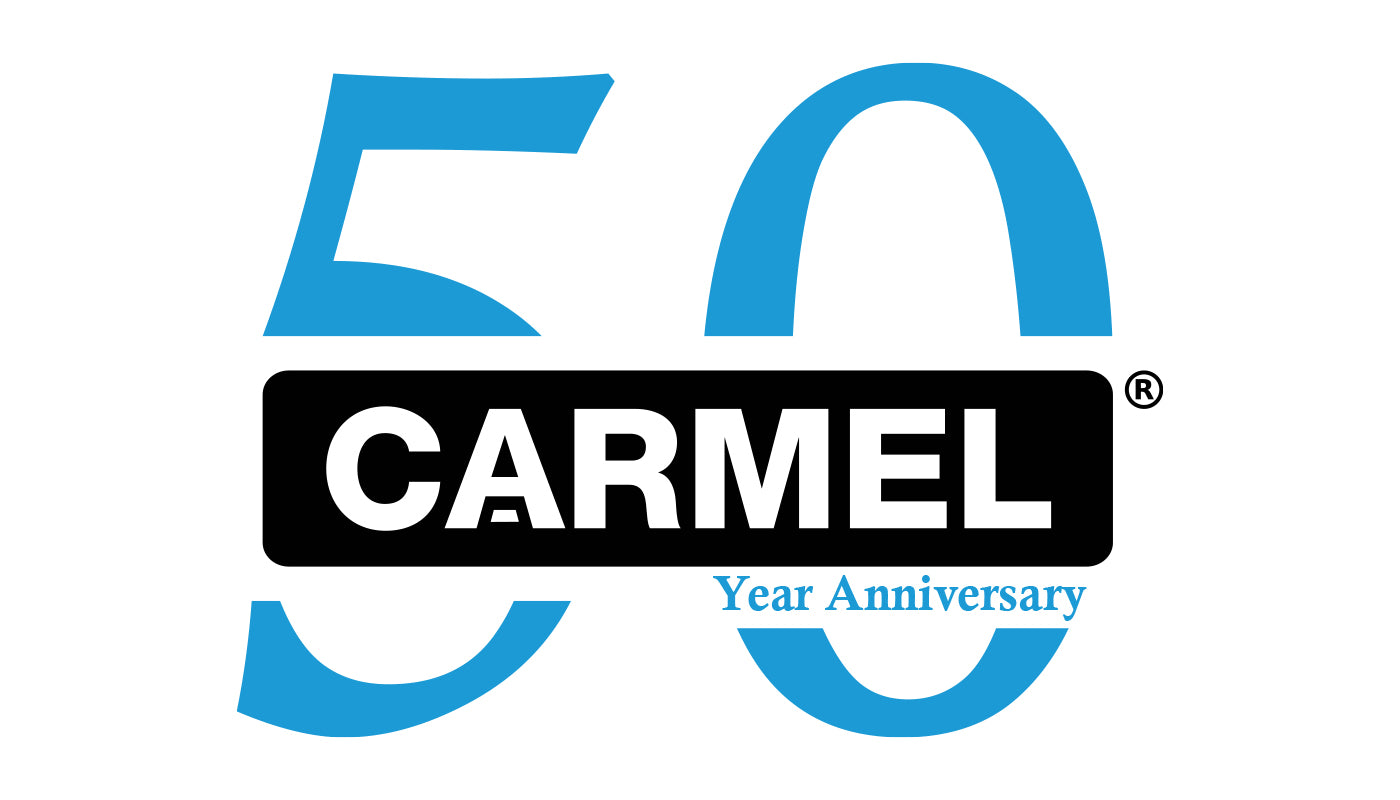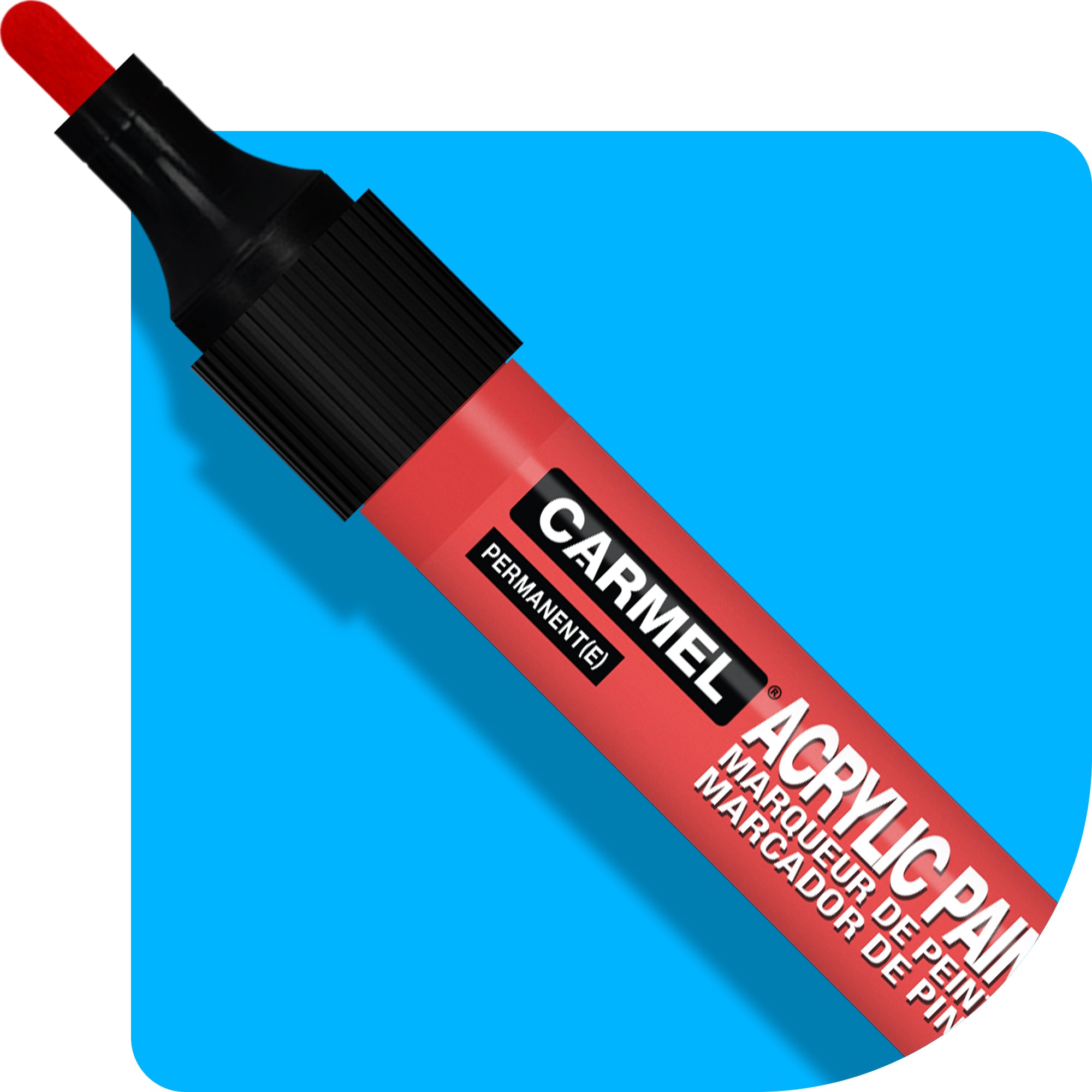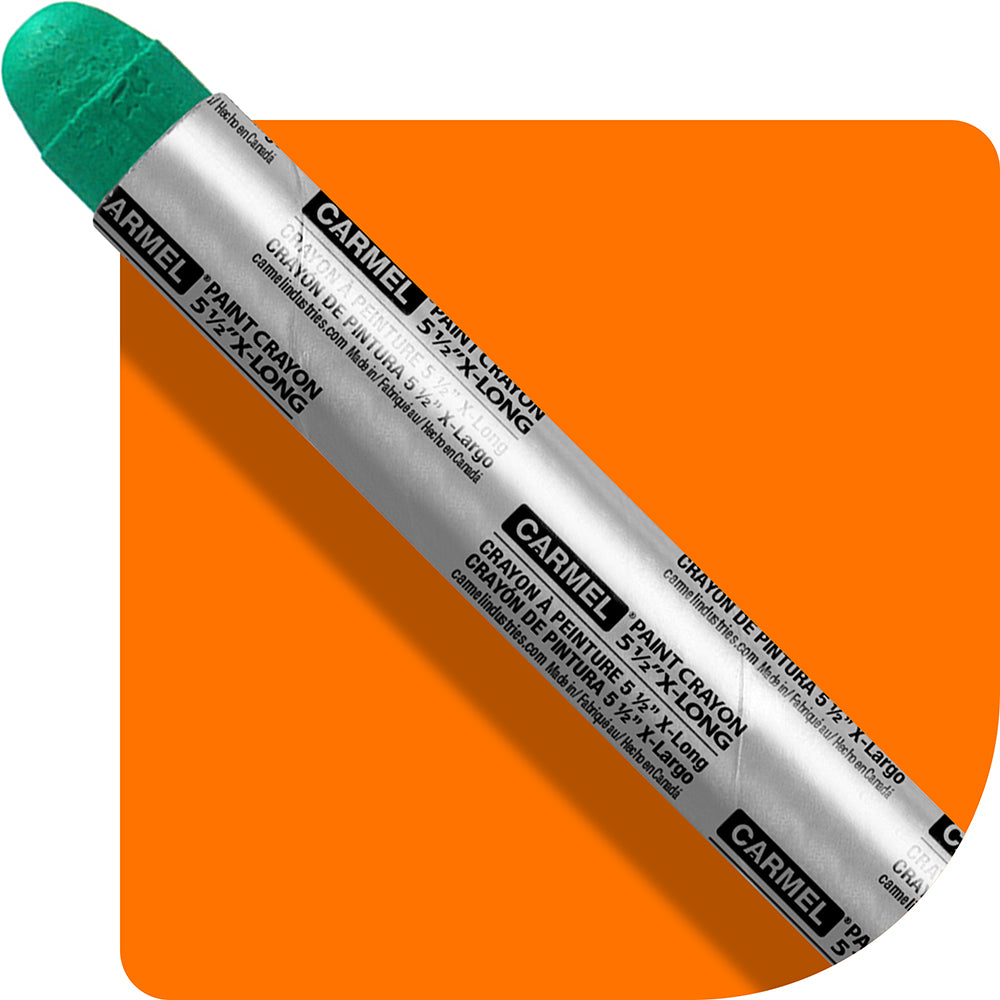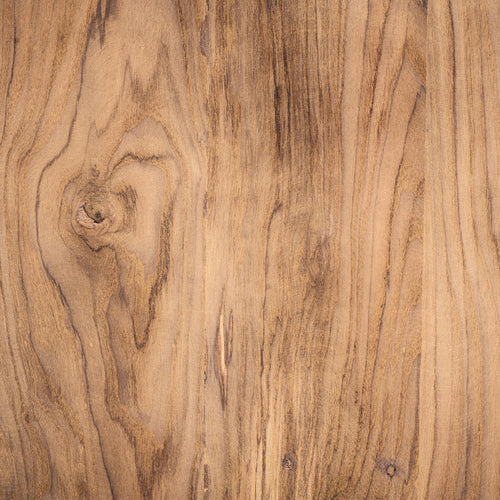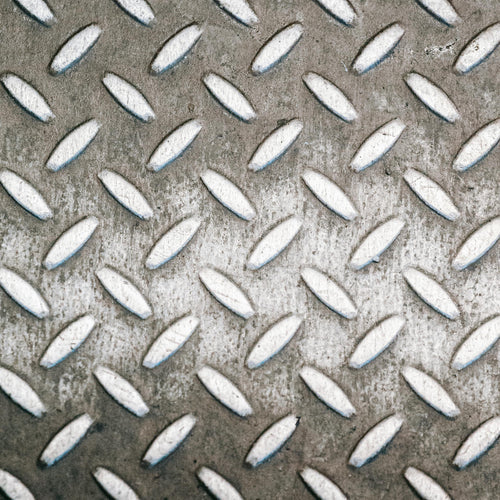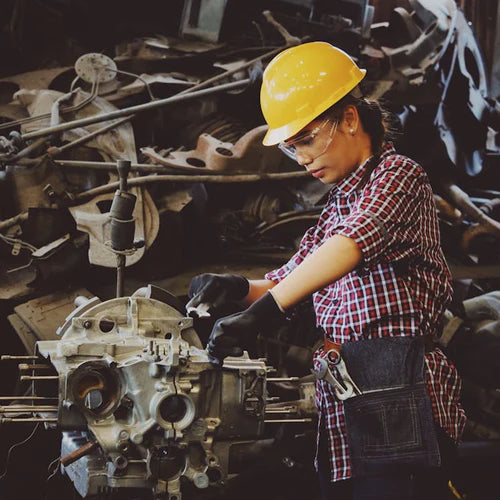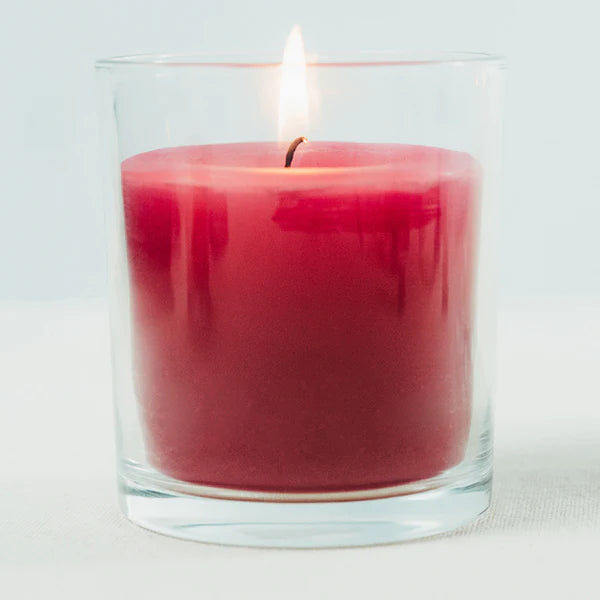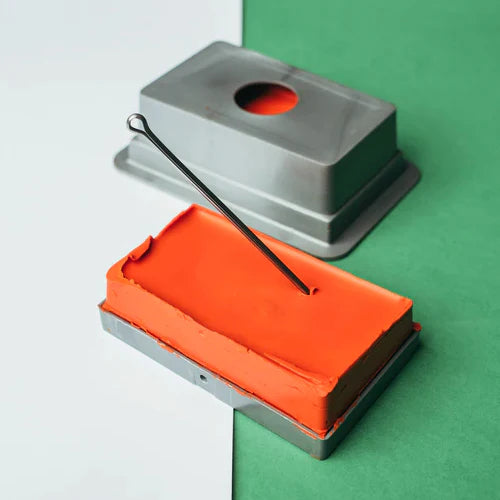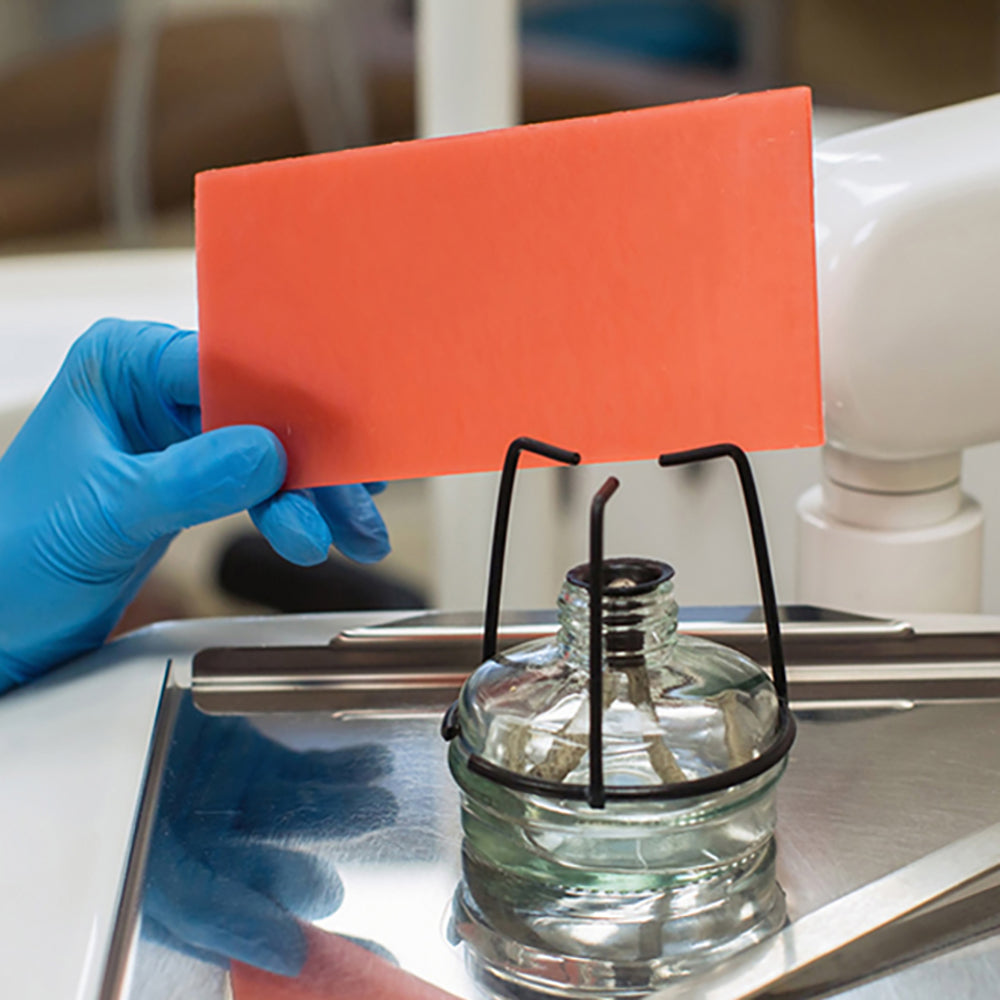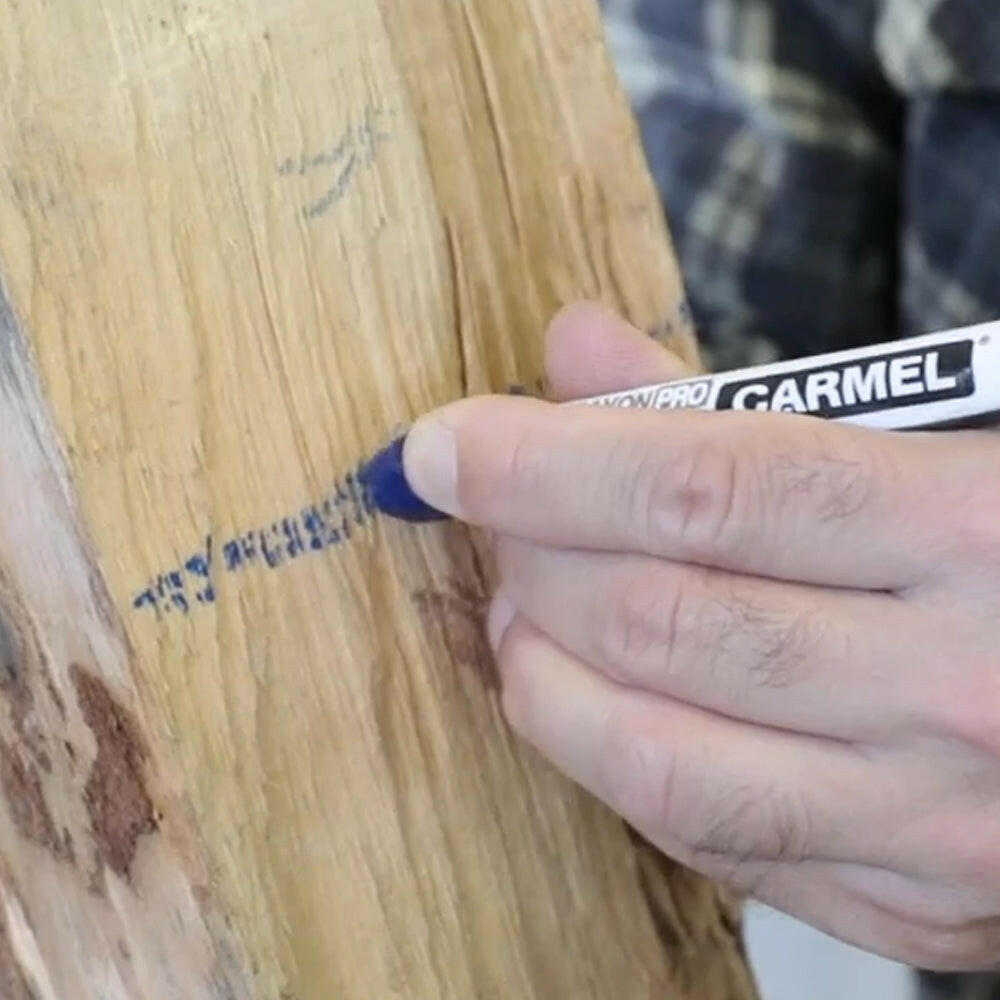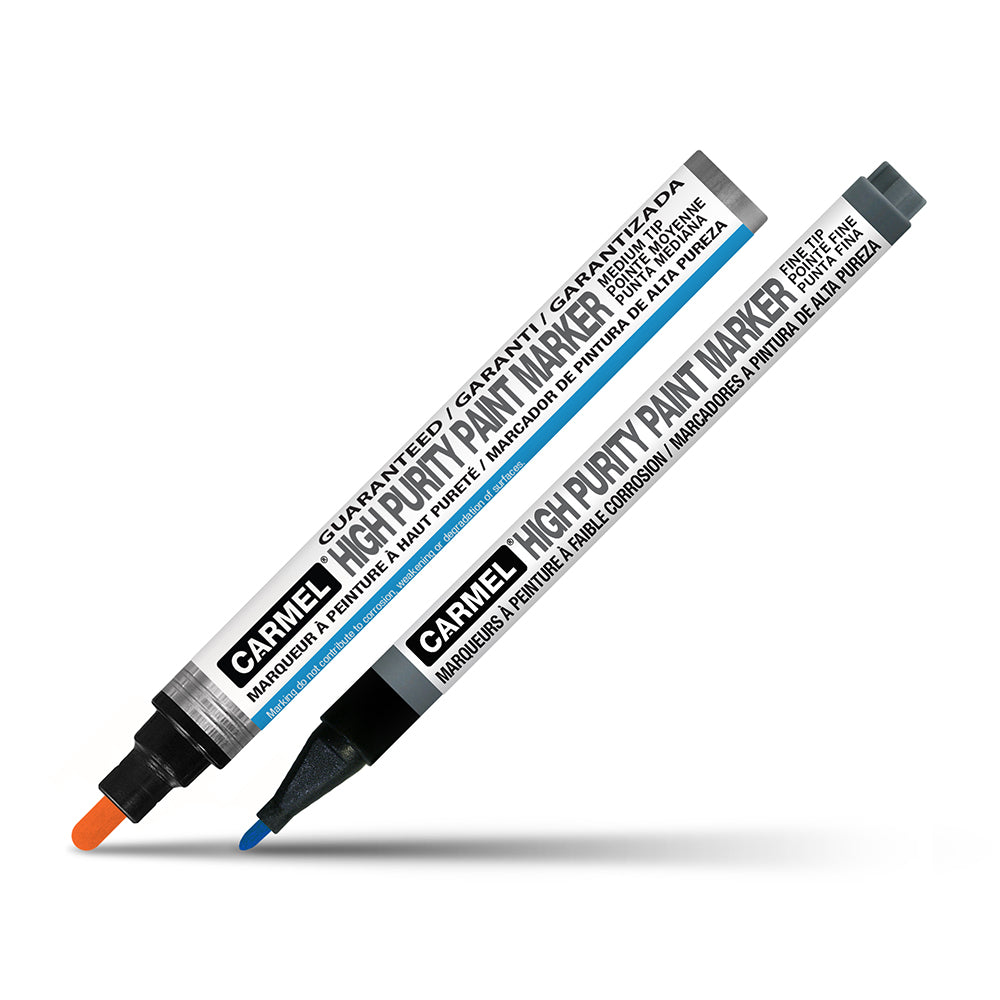A dental wax containing mostly wax, resin and different types of additives; used chiefly to establish the initial arch form in making trial plates for the arrangement of artificial denture teeth, and for the construction of complete dentures.

Properties: Baseplate wax is composed mainly of paraffin and microcrystalline wax as well as resin and coloring matter that mixed together then casted into rectangles sheets. The sheets are red or pink, typically cut into 3" inches wide and 6 inches long (7.62 X 15.24 cm) for the North American Market and 8.41 wide X 17.15 cm long (3 5/16" X 6 ¾" inches)for the European market. Baseplate wax is relatively hard and slightly brittle at room temperature but becomes soft and pliable when heated. Baseplate waxes vary in their consistency and strength, as well as colour and price.
At the present time there are three classifications for base plate waxes:
The harder varieties are suitable for use in warm climates but tend to crack and flake at low temperatures. The softer series are suitable for use at low temperatures but may flow excessively at very high temperatures. Base plate Waxes are the relevant products for use in the dental laboratory.

Each manufacturer decides which categories their waxes conform to. This process ensures that they can supply waxes that meet the relevant industry standard, while maintaining different ranges in performance. Baseplate Wax Class 1 and 2 are the only relevant products for use in the dental laboratory.
The desirable properties of baseplate wax could be defined as follows:
- High strength and rigidity at mouth temperature.
- Broad softening range above mouth temperature.
- Easily pliable in its softened state, without flaking, cracking or tearing.
- Low thermal contraction.
- Easily carved at room temperature without flaking or chipping.
- Little change in properties on melting and re-solidification.
- No residue on boiling out


